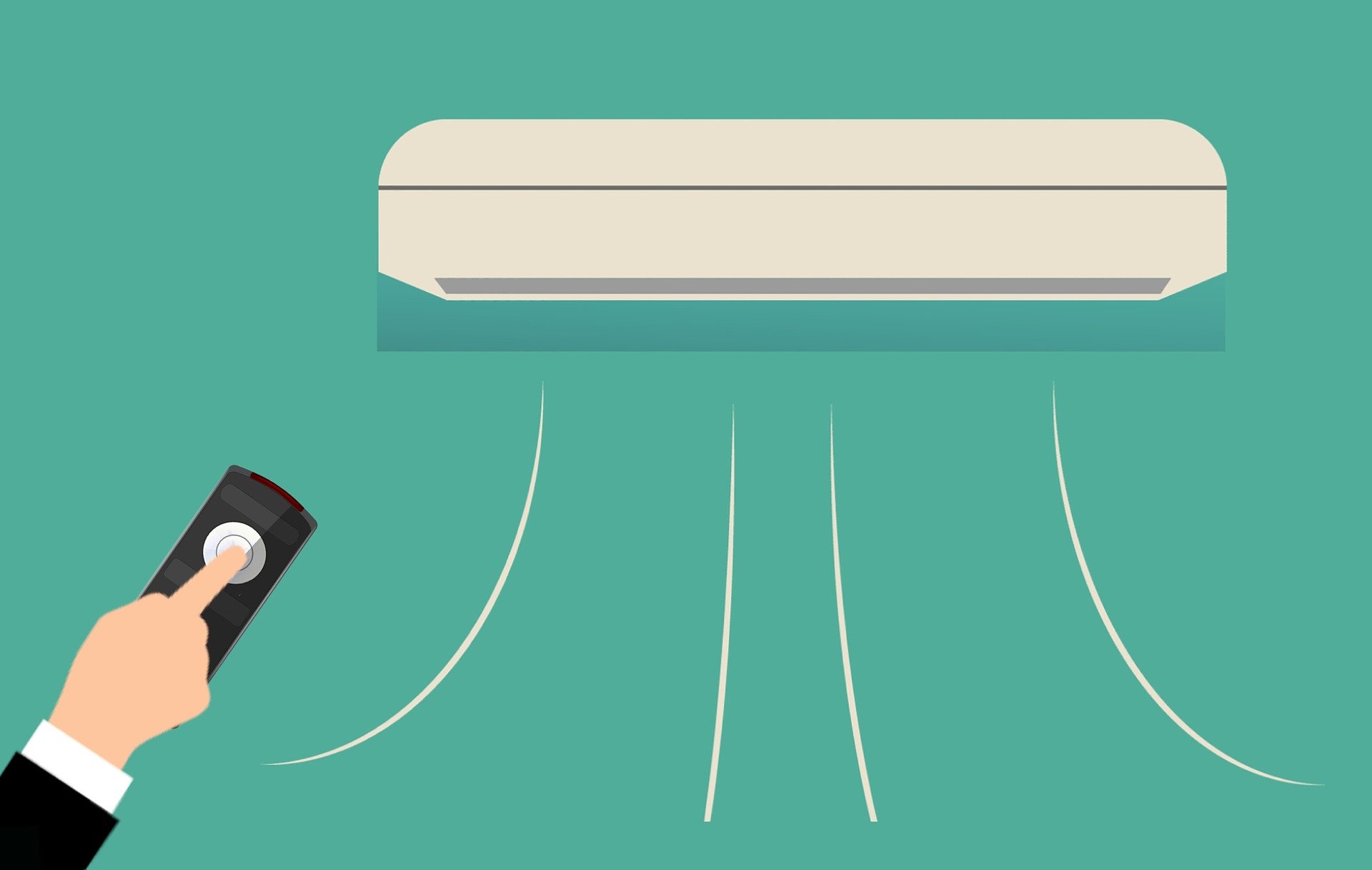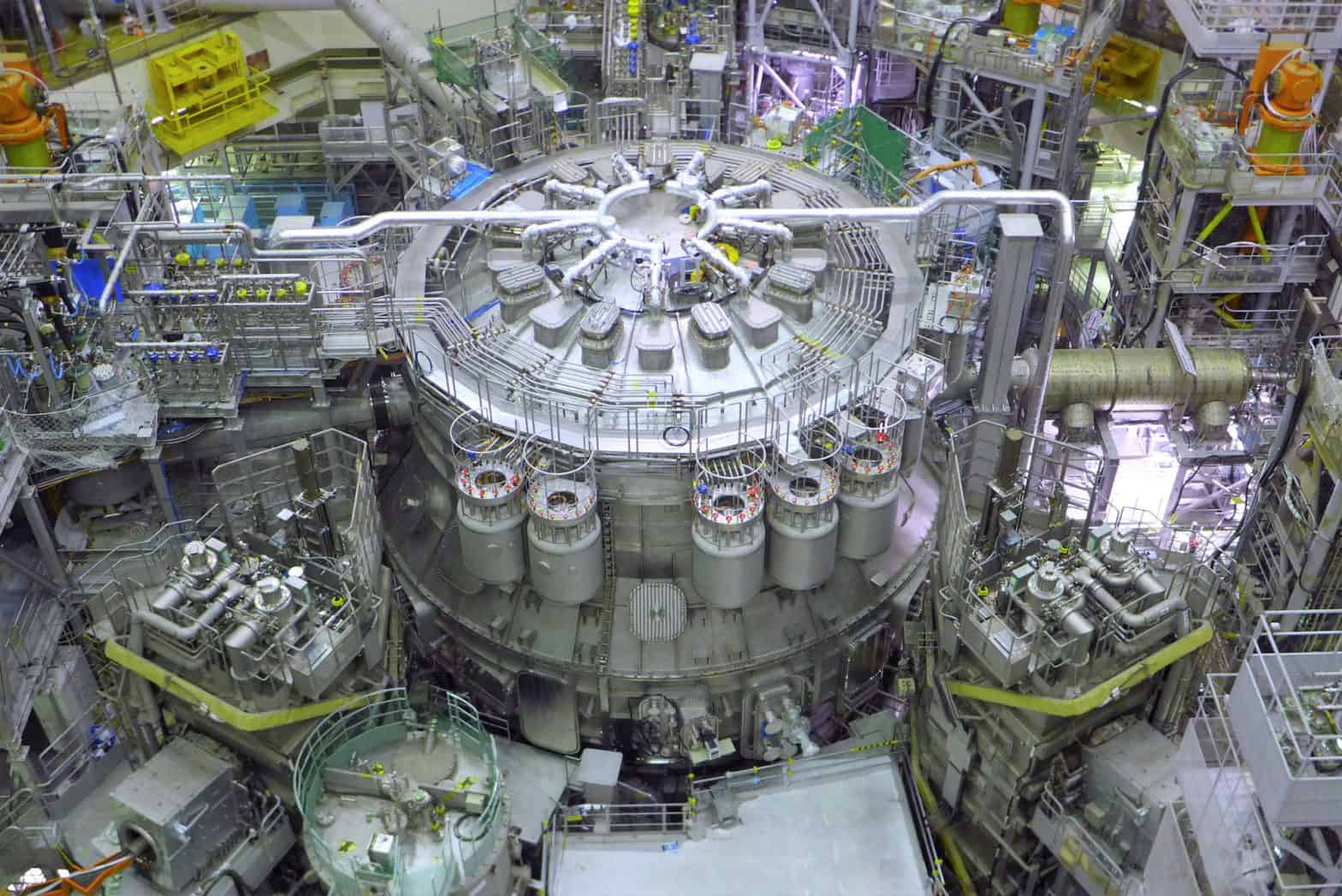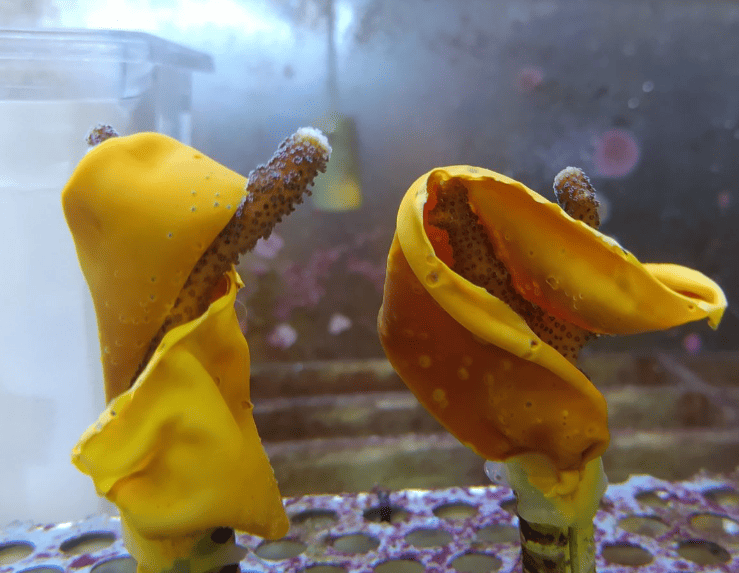
As summer approaches more and more cooling systems such as air conditioning will be switched on across Europe. These cause a lot of stress on the environment. New research is taking the first steps on the path towards an innovative and eco-friendly cooling system for buildings. The technology is inspired by the familiar sweat evaporation process our bodies use to cool down. As with more conventional cooling equipment, this new technology also utilizes a liquid evaporation process. However, the key idea is to just use water and common salt instead of chemicals that are potentially harmful to the environment.
The studied was carried by an engineering research group at Politenico di Torino in Italy in conjunction with the Italian National Meteorological Research Institute (INRiM). The results were recently published in the journal Science Advances.
Lead author Matteo Alberghini explained to Innovation Origins that the environmental concerns driving their motivation for the study were very simple: “How can we reduce the energy requirements for cooling systems in buildings?”
Salt and water instead of chemicals and refrigerants
“The common air conditioners used worldwide often make use of refrigerants which have a serious environmental impact and that use high levels of electricity. This in turn may lead to dangerous peaks in demand and eventually blackouts.” He explained that in Europe, air conditioning is responsible for approximately 15% of the total energy used in households. And that demand is concentrated solely during the short time span of summer.
Their proposal is to use a saltwater solution instead of chemicals and refrigerants as the working fluid. This is eco-friendly and will not harm the environment.
“Cooling via water evaporation has always been known to science. As an example, nature uses sweat that evaporates from your skin to cool down your body. Yet this strategy is only effective as long as the air around you is not saturated with water vapor. Our idea was to come up with a low-cost technology capable of maximizing the cooling effect regardless of external water vapor conditions.”
They achieved this by placing pure water on an impermeable membrane. This keeps it separate from the highly concentrated saltwater solution. The saltwater solution does not pass through the membrane. Only vapor can do that. The pure water and saltwater do not mix, while a constant water vapor flux is generated from one end of the membrane to the other. The pure water is cooled as a result. “Obviously, the saltwater concentration will continue to decline and the cooling effect will diminish over time. However, the difference in salinity between the two solutions can be continually and sustainably restored using our solar water distiller.”
Not reliant on electricity or fuel
Moreover, their proposed green concept is also not at all reliant on electricity or fuel. Which invariably increases its environmental advantages even more.
“Our system is completely passive, That means that it does not require other external components in order to work, like compressors. The evaporation process is sustained naturally by the differences in salinity. The fluids are moved in and out of the device by pressure variances and capillarity properties in a porous medium.”
Capillary properties are those which a paper towel uses to absorb any liquids spilled in the kitchen. Properties of this kind of material make it possible to absorb and carry water even when pitted against gravity.
The technology exemplifies the potential to reduce electricity consumption by reducing the energy costs of conventional cooling systems. And with an eye to the future, envisagiing a system powered exclusively by this technology would “avoid the use and leaks of conventional refrigerants, which usually leave a huge carbon footprint.”
The warmer it gets, the better it works
The energy consumption of conventional cooling systems usually increases as the environmental temperature gets warmer. However, warmer environments are an advantage to this system.
“Our system’s performance is highly dependent on ambient conditions. If you imagine supplying a system with these two liquids (pure water and saltwater solution), higher ambient temperatures would result in better performances. This is due to the physical properties of water. Its vapor pressure, which determines its ability to evaporate, increases exponentially with higher temperatures.”
“So, warmer climates benefit these higher evaporation rates. Conversely, the system’s performance is not hindered by the humidity of the surrounding climate. Since the system’s internal components ere sealed off from the surrounding air, the evaporation rate is not affected.”
Potential environmental risk
The Italian researcher stated that the technology his team is proposing is a completely green solution for cooling systems. He mentioned only one issue which could possible present an environmental risk.
“The only environmental issue might come from the incorrect disposal of the saltwater solution. Which, if released at high concentrations, could be harmful for several ecosystems. Although it does becomes harmless if its diluted with water properly. As such, desalination systems such as forward osmosis require saltwater solutions to function. Consequently, a projected pairing of these two technologies may lead to zero-liquid-discharge systems.”
The path ahead

Alberghini explained that the technology is currently still at a laboratory stage. This means that it will take several years before it can be marketed and commercialized. The main reason behind this research “is that the prototype was developed without the technical and financial support of any industrial partners and was intended only to demonstrate the potential of our idea.”
The future of this technology will depend primarily on the response from the science community and interested parties. Right now, the next step is to evaluate possible partnerships for manufacturing an industrial-scale prototype, the researcher states.
“The aim is to create a pilot plant which pairs our technology with a conventional HVAC system so we can gather enough data to attract investors. That’s why it’s difficult at present to imagine a precise timing for a final, marketable version of our system. But the time frame should not exceed a few years.”
It is highly likely that the most promising option for getting the technology up and running within a reasonable period of time is by pairing it with conventional cooling systems.







